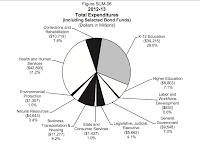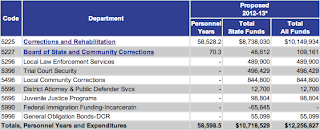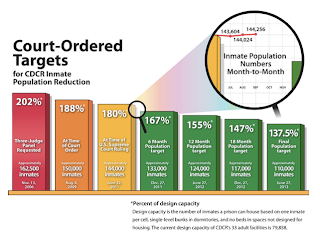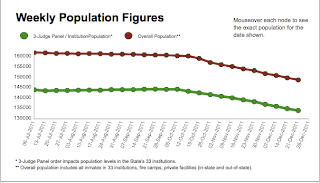 |
| Sam Mateo County facility; photo courtesy CJCJ publication. |
 |
| OH Close YCF; photo courtesy CJCJ publication. |
While we remain curious as to the ability of county jails to supplant state institutions for a considerable percentage of the adult population, a similar move for juvenile offenders seems to offer more optimism. A new publication from the Center on Juvenile and Criminal Justice takes a comparative look at state and county juvenile institutions, being much more impressed with county modern facilities than with the disturbingly grim and defunct state institutions. The bottom line:
The review demonstrates that local secure county-based facilities currently surpass existing state youth correctional facilities in architectural design and structural integrity. Due to various federal grants and funding stream requirements, counties have renovated and enhanced their juvenile facilities to provide maximum, medium, and minimum security levels of custody that allow for provision of fully integrated rehabilitative services on-site. 41 California counties have already invested $438,612,750 of state and federal funding to renovate or construct new maximum-security juvenile halls within the last five years. Meanwhile state facilities have continued to decay into a condition of disrepair.
Perhaps this report will provide prosecutors with disincentives to file charges against juvenile defendants as adults, a practice known as “direct filing”, whose usage varies between counties (Ventura County seems the worst offender). The impetus to do so stems from the fact that trying juveniles as adults shifts the price tag from the county to the state. But if the choice is between a distant adult state prison and a local, modern juvenile facility, which might be closer to support structure and offer community corrections benefits, in the long run it may be cheaper for all of us.








